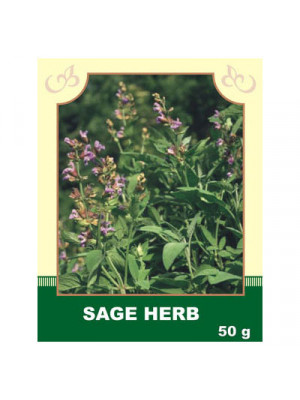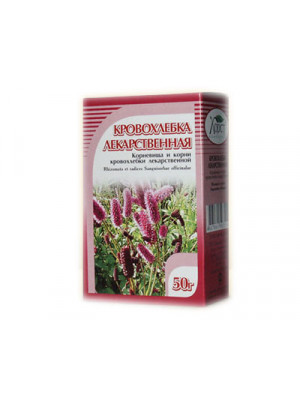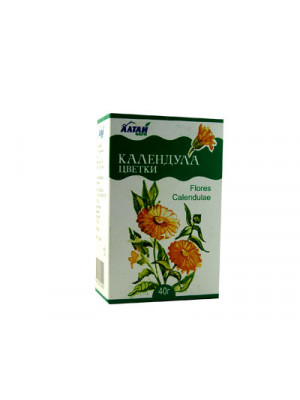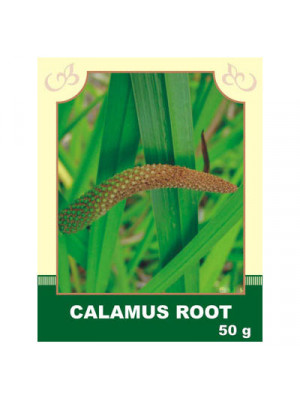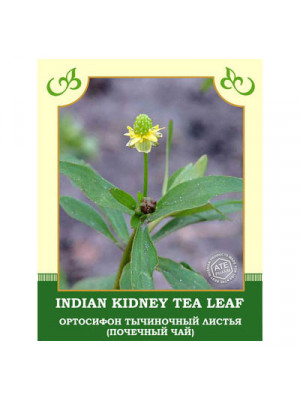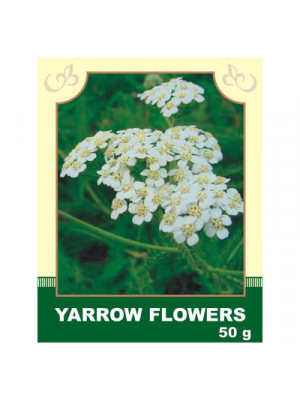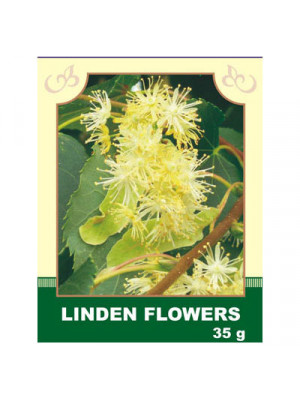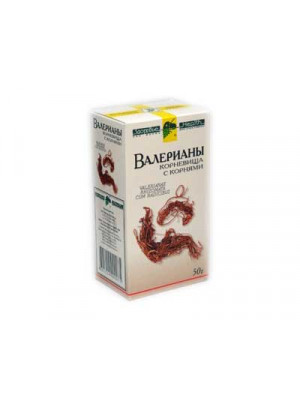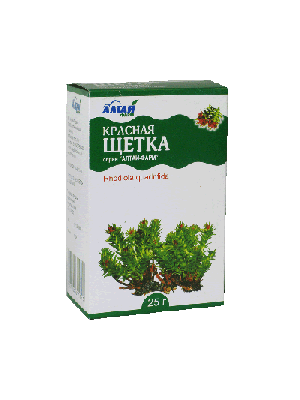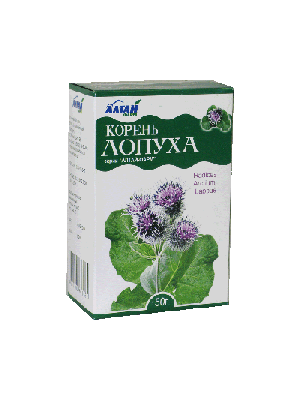Herbs
Description. The Latin name for sage, salvia, means to heal. Modern evidence supports its effects as an anhidrotic, antibiotic, antifungal, astringent, antispasmodic, estrogenic, hypoglycemic,diuretic and tonic. Ancient physician Hyppocrates considered sage to be a sacred and the most useful herb. For thousands of years sage has been used for a variety of medicinal purposes. It has been used in connection with sprains, swelling, ulcers, and bleeding. As a tea, sage has been administered for sore throats and coughs. Herbalists have also used this herb for rheumatism, menstrual bleeding, liver disorders, strengthening the nervous system, improving memory, and sharpening senses. Sage contains the chemical substances, camphor, and cineole as well as other constituents including rosmarinic acid, tannins, and flavonoids. Even today, in many European countries sage is used medicinally as a gargle for sore throat and inflammation of the mouth and gums. Use. Sage was recommended by herbalists for fever. Modern research has demonstrated that sage reduces perspiration by as much as 50 percent. Sage is also an active ingredient in some natural mouthwashes because its tannins are thought to help kill the bacteria that cause gingivitis. Sage has traditionally been used to treat canker sores, bleeding gums, sore throat, tonsillitis, and laryngitis. Sage has a long history of use for gastrointestinal disorders. It has been shown to help relax muscle spasms in the digestive tract. One German study has found that drinking a sage infusion reduced blood sugar levels in people with diabetes, but only when they took the infusion on an empty stomach. Sage has traditionally been used to promote menstruation; pregnant women should not consume highly concentrated forms of sage.
Attention! Before using any herbal products, make sure that you have full knowledge of how the herb works and any adverse reaction it may cause.$4.99- Calendula flowers have antiseptic, anti-inflammatory, mild sedative, choleretic, spazmaliticheskoe action$5.99
Internally, it is taken as a binding agent for stomach disorders, inflammation of the intestines, heartburn, and lack of appetite; for neurasthenia, convulsions, osteitis, bronchitis, pleurisy, diseases of the biliary tract, and in gynecology - for libido weakness, regulating the menstrual cycle, and enhancing sexual activity.
Method of application and dosage: 1 tablespoon is poured with 200 ml of boiling water, covered with a lid, and heated in a water bath for 15 minutes. Cooled for 45 minutes at room temperature, strained. The volume of the resulting infusion is brought to the original volume with boiled water. Take 1/4 cup 3-4 times a day 30 minutes before meals.
External use: applied for baldness and hair loss; for rinsing the oral cavity with stomatitis.
Contraindications: individual intolerance, during pregnancy, and with increased secretion (acidity) of the stomach.
$6.99Internal use:
Consuming an infusion made from the herb of this plant is effective for cholelithiasis, edema of various origins, cystitis, kidney stones, rheumatism, gout, and diabetes. Better results are achieved when combined with other medicinal plants that have diuretic and anti-inflammatory properties (field horsetail, weeping birch, cranberry leaves, and knotweed).
Application and dosage: Pour 1/2 teaspoon of crushed herb with 200 ml of boiling water, heat in a water bath for 10 minutes, infuse for 45 minutes at room temperature, strain, bring the infusion to the original volume with boiling water, and drink warm 1/2 cup twice a day before meals for 4-6 months with monthly breaks of 5-6 days. In case of cholecystitis, take the infusion after meals.
Contraindications: Individual intolerance.
$7.99Internally: Taken as a hemostatic agent for intestinal and uterine bleeding, dysentery, inflammatory diseases of the bladder, ovaries, gastritis with low acidity, diarrhea, ulcers of the stomach and duodenum, liver diseases, hepatitis, cholecystitis, and angiocholitis, cough, and colds. Also used as a calming remedy for neurosis, hysteria, and hypertension.
Method of application and doses: Decoction - 1 teaspoon in 250 ml of boiling water, simmer for 5-10 minutes over low heat, strain. Drink 1/2 cup 3 times a day. Tincture: 30 g of dry herb is infused in 100 ml of vodka, infused in a dark place for 1 week, strained, and taken in 20-30 drops 3 times a day before meals for dysmenorrhea, angina, and intestinal spasms.
Externally: The decoction of yarrow is very effective when used locally for small cuts, abrasions, scratches, toothache, herpes, focal baldness, and lichen. For bleeding from the eroded cervix, tampons soaked in yarrow infusion or decoction are used. In cases of prolapsed hemorrhoids and bleeding hemorrhoids, compresses soaked in a cold yarrow decoction are applied.
Contraindications: Individual intolerance, during pregnancy, and for those suffering from allergies.
$6.99Internally, linden flower infusion is taken for the following conditions:
- Colds, rheumatism, and cough;
- Inflammation of the kidneys and bladder;
- Nervous system disorders in children and the elderly, including hysteria, epilepsy, and headaches;
- Intestinal colic and stomach pains;
- During measles and mumps.
Methods of administration and dosages: 2 tablespoons of crushed linden flowers are infused in 200 ml of hot boiled water, steeped for 20 minutes. Taken internally in a warm form, 1-2 cups 2-3 times a day after meals.
Externally, the infusion is used for:
- Gargling in cases of inflammation of the mucous membranes of the mouth and respiratory tract;
- As compresses and lotions for edema, ulcers, inflammation of hemorrhoidal nodes, and joint pain in rheumatism and gout;
- As therapeutic baths: 100 g of raw materials are poured into 2 liters of boiling water, boiled for 5 minutes, and infused until cooled.
Contraindications: Individual intolerance.
$7.99- Valerian has been used as a sleep aid for over 1,000 years. This herb is a native plant both of Europe and North America. Valerian roots are often prepared in tea form, and in doing so they should not be prepared with boiling water, as this may drive off the lighter oils. Its ability to help relax the central nervous system, promote feelings of calm, decrease levels of anxiety and stress, and enhance sleep are known to millions the world over. Unlike some prescription sleep aids, valerian is not known to cause morning grogginess and is non-addictive.$7.99
- Description. Rhodiola quadrifida is an exquisite gift of nature, which helps to restore all the functions of our body. This plant is absolutely unique and it doesnt have any analogues in the whole world. Rhodiola quadrifiga is rich in tannins, organic acids, volatile oils, proteins, oils, wax, manganese, zinc, chrome, cobalt, gum, silver and many other. The plant has powerful styptic and tonic effect. It helps to reduce brain vessels spasms.Rhodiola Quadrifida due to its high bio-activity is an excellent support for mens health!
Use. Rhodiola is widely used in folk medicine for female diseases of different kinds (erosion, sterility, dysfunctional womb bleedings, endometriosis, myoma) as well as endocrine disturbance and thyroid gland diseases. Rhodiola quadrifida is especially valuable for potency weakening, menstrual cycle disorders, menopause, mestopathy and other hormone disorders. This herb also helps to speed up healing of fractures, raises mental and physical efficiency, enriches blood composition. The herb is recommended by herbalists for oncological illnesses. But you should be very careful about it, if you have such problems as increased blood pressure and psychic excitement.
Attention! Before using any herbal products, make sure that you have full knowledge of how the herb works and any adverse reaction it may cause.$7.99 Internally, the root is taken as a diuretic and cleansing agent in the following cases:
- For diseases of the urogenital organs;
- In gout, rheumatism;
- In diabetes;
- For hemorrhoids;
- In chronic constipation;
- For menstrual irregularities;
- In the treatment of skin diseases;
- For allergic reactions.
Method of application and dosage: Steep 1 tablespoon of roots in 200 ml of boiling water, heat in a water bath for 30 minutes, infuse at room temperature for 10 minutes, strain. Bring the infusion to the original volume with boiled water and take internally 1/2 cup 2-3 times a day before meals.
Externally, the root is used:
- Against hair loss and dandruff;
- In the treatment of eczema, ulcers, and purulent wounds;
- For inflammatory processes of the mucous membrane of the oral cavity, throat.
Steep 1 teaspoon of roots in 400 ml of boiling water, infuse for 8-10 hours.
Contraindications: Individual intolerance.
$6.99


